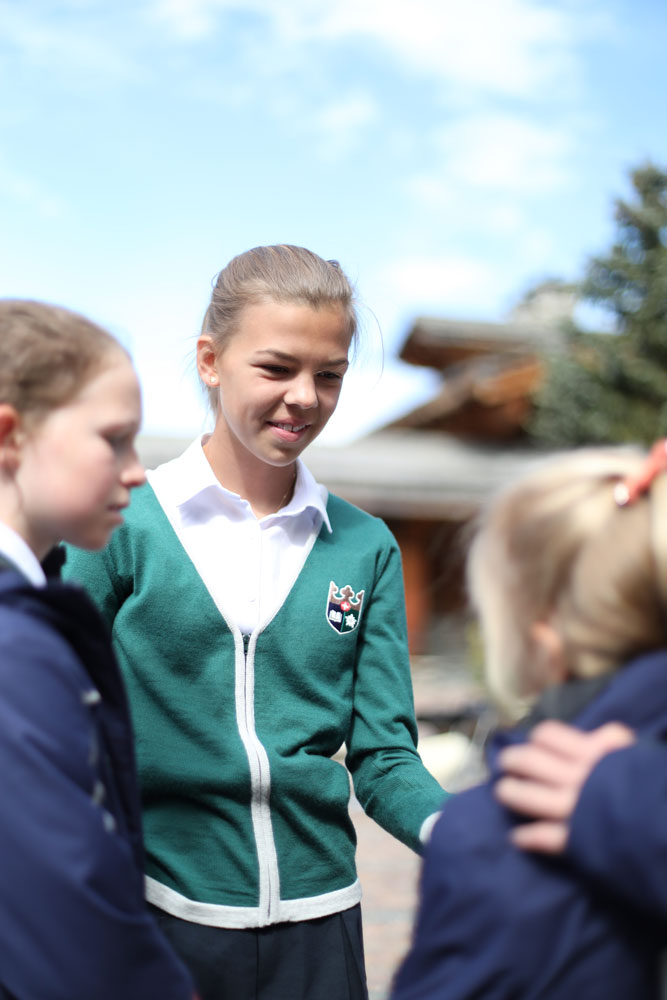Part 1: Work backwards from the goal, and map out your path
Choosing your path at university is a decision that opens doors, and at the same time partly closes others. It is also a choice that will play a big part in building your future friend and professional network. Here we have listed two important things to get right:
1. The most important thing to do is to figure out where you want to go, what you want to study, where you could go and where you should go.
Many students choose university based on a small selection that they know because their parents went there, friends intend to go there, or because it simply is the university in town. That is not a winning strategy to find and enter the right university for you.
When you do start looking, the options and choice is overwhelming. Among tens of thousands of universities and thousands of business schools, how are you going to find the right one?
Most people make this important decision on a whim or a kneejerk reaction. How can you make a more informed, better decision? Ask a professional. A professional academic guidance coach will help you find the right direction, what motivates you, the right selection of universities for you, and a pathway to get there.

2. Strategically plan the academic journey
Avoid approaching this the way others do, which is beginning your search and preparation in Year 11 & Year 12. By the time you have found something inspiring, you may have missed the boat. 80% of the places at top universities are gone in January each year.
What you need to do is get ahead of the game. Start from the goal and work backwards, in good time. Which university, which test results and grades are required, which extracurricular activities? Then assess where you are, what gaps there are, how you are going to fill those gaps and how you will surpass the expectations in the coming years.

The academic expectations may appear daunting – high SAT or iGCSE scores – but need not be in practice. You do not have to take your exams all at once – you can take the SAT several years in a row, and stagger your iGCSEs between the age of 13 and 16. The traditional packing of exams into a short period is unnecessarily stressful, doesn’t prepare students well for consistency in life, and produces worse results.
It takes a plan, discipline and a strong support structure during your high school years, but the rewards are tangible and lifelong.
Without dreams and goals there is no living, only merely existing, and
that is not why we are here.Mark Twain
Every individual should be allowed to pursue their own interests and develop their own
strengths, rather than focus on what does not interest or apply to them. We all shine more
when we are given the freedom to work on what we love.Sir Richard Branson
Part 2: An Environment to Thrive
To be in the right place and to do the things you enjoy is a great recipe for happiness and success. This is also true for both students and teachers, and one of the key ingredients for success is to find yourself in the right school environment where you can thrive. Here we have listed three of key factors to get the important pieces in place:
1. Learn from motivated, passionate teachers who are subject experts.
Think back to the subject that you enjoyed most in school. Why was that? Typically, a subject will become a student’s favourite because they have an outstanding teacher with profound passion for what they do. There is a meaningful difference between having a teacher who is doing their job and one who is exploring and sharing their passion each day. A teacher who loves what they do will inspire a love of learning that will last far beyond formal study.
Achieving excellence begins with seeing it with your own eyes, and practicing under expert supervision. Michelangelo did not just wake up one day a master of painting and sculpting, he served as an apprentice for many years and learned his craft. It is the same in academics. Are your tutors experts in what they do?
Teachers who remain curious and engaged in their own passions inevitably make better role models for your children. With a low teacher to student ratio, students are able to see what excellence means each day at school

2. Lean on a strong pastoral support system
Sometimes a young person needs to speak with an adult. Students spend a lot of time in the school environment, and it becomes an important part of growing up. To have a trained adult available for the students can be very important.
Whatever is done to minimise mental health challenges, there will be inevitable and unpredictable moments of doubt and anxiety in these years of a young person’s life. Students will make mistakes – rather than judge them we must celebrate and praise them for their recoveries. Students will seek advice – we must support them while helping them understand that they already have the solutions inside them.
A support system that is responsive and caring is integral not only to a student’s academic and personal success, but to their chances of living happy and healthy lives beyond school.
3. Learn in small groups
To learn efficiently, the so-called feedback-loop is very important. To get constant feedback, attention, input and encouragement from your teacher is the best way to both learn effectively and enjoy learning. The disadvantages of a classroom of 30 are clear. Behavioural issues are more frequent; classroom management takes precedence over learning; quieter voices are more likely to be drowned out. The benefits of small classes are clear:
Better Results
Extensive research has demonstrated that exam results and university admissions are better in schools with small classes.
Concentration on Learning
In a small classroom, negative behavioural patterns are less likely to develop in individuals or in small clusters of students. With less time spent on managing negative behaviour and classroom conflict, teachers can focus on learning.
Feedback
Teachers have more time for individualized feedback, and can spend the necessary time getting to know students on a personal as well as academic level. They can get the help and attention they need.
Students are and feel seen
In large classes, it is common for individual students to go unnoticed and their struggles or victories not recognised. With fewer members, teachers can dedicate their time to students who need support or stretching.
Participation increases
More time for students to participate in class and share their ideas. Fewer voices means less competition for opinions and more time to listen to the perspectives of others.







